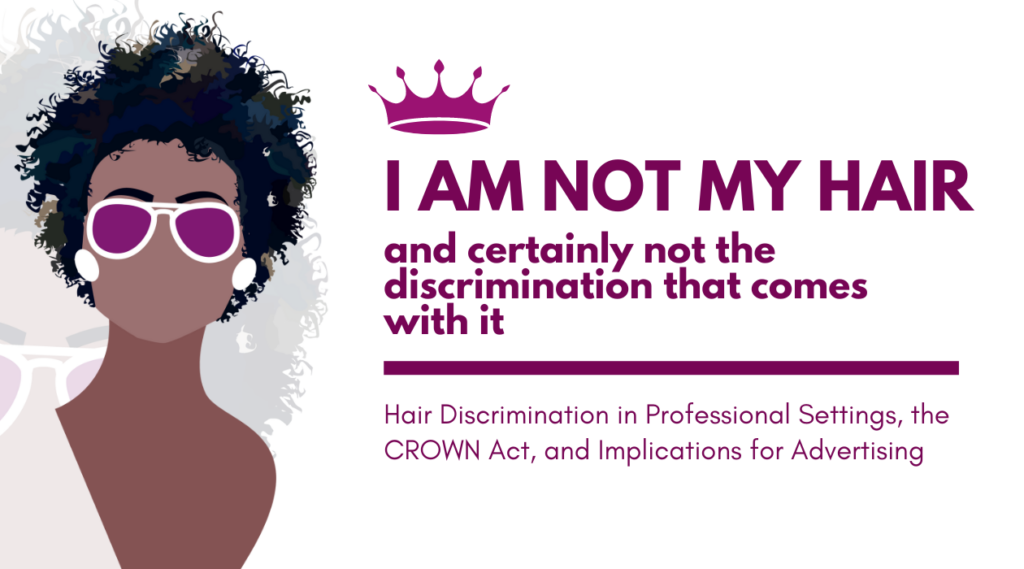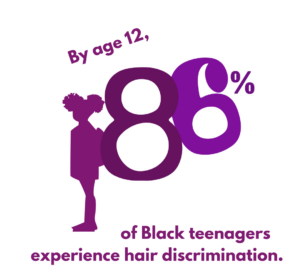As Seen Through the Eyes of a Former Remote Worker
September 2024 | The effects of remote work on DEI
By: Dawson Tran
What comes to mind when you think about working at home? Working in your pajamas. Scrolling through social media. Having your pet in your lap. Sounds like the best time ever, right? While working remote is definitely on the rise, it does raise some questions on how certain things can be changed or implemented compared to working onsite. A recent study revealed that one in five workers are currently working remotely. By the year 2025, an estimated 32.6 million Americans will be working remotely. Obviously, this is a very significant proportion of Americans who are working in this kind of format compared to those working onsite or even in a hybrid work setting.
However, with the rise of remote work, it is natural to encounter both advantages and disadvantages. A topic that has been brought to many people’s concern is the implementation of Diversity, Equity and Inclusion and how its impact varies between those who work onsite and those who work virtually. Obviously, DEI is a very important aspect of any environment. Its position in the workplace is to promote and encourage a respectful and supportive environment. With the ever-changing landscape of the workplace and DEI environment, it is something a lot of people are still trying very hard to navigate.
Ways that Remote Work can Impact DEI
- Visibility: Compared to those who work in a regular office, people who virtually work from home can and may have reduced visibility in a community. In remote work, it can be a lot harder for managers and peers to really appreciate the work that an employee is doing. With not being able to see the people that you are working with like a regular 9-5 onsite office job would allow you to, it is quite understandable as to why some remote employees may not feel as seen compared to their peers who may work onsite.
- Atmosphere: I think everybody can agree that the atmosphere and environment of one’s setting can really make an impact on the way people think. It can also really make an impact on one’s work and productivity. When I think of the environment or the atmosphere of an onsite office job, I think of people collaborating with one another, even if it is in their own little cubicle. When it comes to the atmosphere of someone who is doing remote work, it may seem a little isolating having to not truly be around someone all day. Although some workers may thrive in this kind of environment, the feeling of isolation is something that a lot of people would be able to connect with if put into that kind of setting.
- Interactions: Increased remote work leads to less interactions and workplace engagement. Less interactions leads to less of a sense of community. A lot of the time, when it comes to remote work, it tends to be just one person completing tasks for an assignment single handedly, as opposed to being able to work with others. This lack of interaction plays a very significant role in the feeling of isolation that a lot of people who work virtually can understand.
Personal Insights
As someone who has worked both as an onsite and remote employee, I can understand as to why some people might prefer one option over the other. Personally for me, when it comes to just DEI principles and practices as a whole, I generally prefer working onsite than working from home. Obviously, everybody’s situations and experiences are going to be different with remote work, but I really just did not enjoy it. The main reason for this is because of the sense of community. To be quite honest, when I was working from home, I felt very isolated. I had the occasional manager or peer I would talk to once a day for about ten minutes, but then I would spend the remainder of the day working silently without any other human interaction. In my head, this did not feel quite normal to me. Obviously, this is something that I just had to adjust to. At some point, it just felt like I was on autopilot. I was getting the work done. I was doing a good job. I just didn’t feel like I was doing a good job.
After having completed the contract for this remote job and then transitioning into my new job, which was completely onsite, I noticed a very stark difference in my mood and the way I felt. By going back to seeing people face to face again, five days out of the week, I was able to enjoy that human interaction that I needed. Like I said before, this is different for everybody, as some others may thrive in remote work. But, for me, after having worked at both, I just really preferred onsite work.
I also do believe that this discussion and topic is something that should be open to people who aren’t even adults yet. In recent years, we have seen a recent rise in remote education. As someone who is taking online classes currently, I do believe that not enough DEI principles or practices are discussed, so that is something that definitely needs some work.
What can we do? What are our next steps?
- Foster Team Building: Even in remote work settings, team building can still be an efficient way of creating a community. Organizations can create virtual team building exercises where it will allow all members to participate. Not only will this help create a better sense of community, but it can also be very engaging and fun for those who are participating!
- Encourage Feedback from the Community: In any work environment, it is always important to invite feedback from your employees. Whether that be in a remote setting or an onsite setting, feedback should always be welcomed. Feedback allows us to see what is working in the work environment and what needs to be changed.
- Provide/ Implement DEI Training: In the workplace, DEI Training can help a lot. Not only can it be beneficial for someone who works onsite, but it can be very beneficial to those who are also working remotely. The main reason for this is to be able to go over the clear and detailed guidelines that are needed to implement and foster an inclusive and supportive remote work environment.
- Acknowledge Discrimination/ Bias that can Occur: There needs to be clear guidelines or ways where employees can address incidents of bias or discrimination accordingly and in an efficient way. Organizations need to create clear channels and programs for this type of procedure, especially for remote workers, since it may be harder for them to reach out.
The rise of remote work is happening so quickly and it’s not gonna stop anytime soon. And frankly, it doesn’t need to be stopped. With this rise, however, we need to adjust accordingly to make sure those who are working remotely still feel a sense of community and belonging. As they should be.












